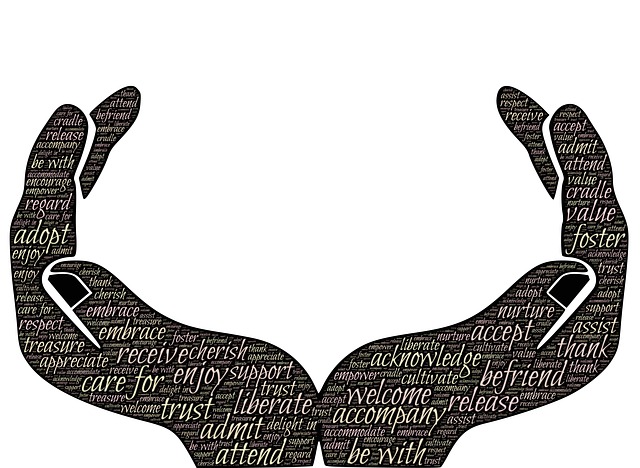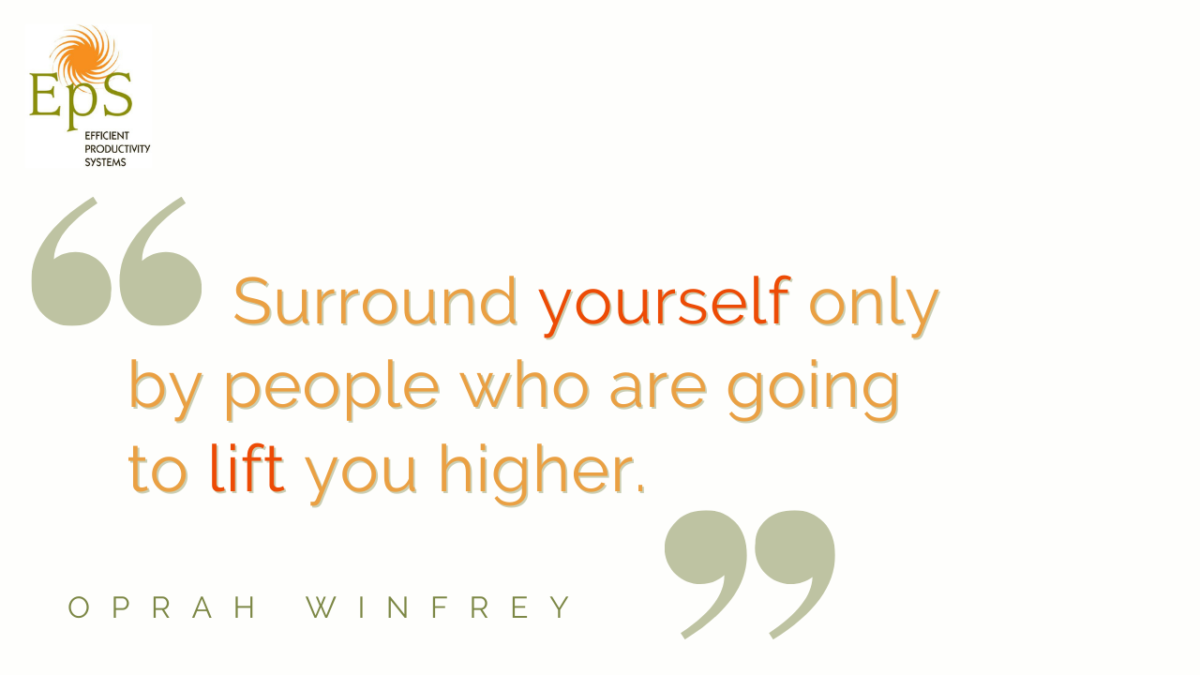You’ve made a plan in your head, you’re clear on how you are going to move forwards, your milestones and your goals. Who better to share these ideas and plans with than your partner or spouse? The person who is closest to you, right? Only to discover that they are not supportive of the new and improved you. Ouch! A real sting for the system, that sinking feeling deep in the pit of your stomach. So, what now?
Figure out what is really going on.
Your first and most instinctive reaction will be to get really mad. Of course, it is, you’ve spent weeks, months, years mulling this over again and again in your head only to find out that you are not supported by those closest to you. But before throwing all your toys out the pram, take a moment to evaluate what it is happening and do a little digging into WHY the lack of support. Commons answers to this question may look like this.
- I don’t feel it’s the right time – they may well be right, so when is the right time? What are you waiting for? Is it really the timings or just that they don’t want to make the right time?
- I like our life how it is – big changes often mean turning your world a little upside down and this narrative doesn’t suit everyone, especially those who like to get comfortable. A great exercise is to ask yourself if you would regret the decision in 10 years’ time to carry on as you are now? This will give you a good indication as to whether you want to carry on with this lifestyle or you are READY to make the leap.
- I’m not sure it’s right for you – I would take some time to look at this question and do a quick sense check to find out whether it is RIGHT FOR YOU. Ask a very close friend or family member, someone who knows you well, and compare what they say with your partner or spouse.
It may seem like your partner or spouse is trying to dampen your dreams, but this may not be the case. For the most part, the goal of any partner is to protect you and care for you, and they may have insights into your personality and wellbeing that you don’t.
Take time to discuss together what it is you both want. This will give you a clear picture of what you both want to achieve in life, both in your life together and individually. If these goals are aligned, talk with your partner about how he/she sees potential in your plan/idea, how it could be improved and how he/she could support in these moments of change.
If you find yourself wanting very different things, it may be time to go separate ways and conquer life on your own.
If your goals are aligned, the actions that you partner/spouse takes after will be paramount to showing you whether they are supporter of you or not.
Toxic behaviours include jealousy, lack of support and controlling behaviours. Sometimes partner/spouses might not be open to the idea of your being more successful than them, provoking sensations of jealousy and therefore a lack of support. If you find yourself in this this situation, this person is not your supporter, they will not accompany on your journey and they will not raise you up when you are down. It may be time to break free.
Steve Jobs said it best – “If you haven’t found it yet, keep looking. As with all matters of the heart, you’ll know when you find it.”
Being an entrepreneur wasn’t designed to be an easy ride, it takes determination and along the way you may alienate some people, but you will also pick up a that stay with you forever. People born to be your supporters and will help you navigate through turbulent waters. Strive to find those people.







